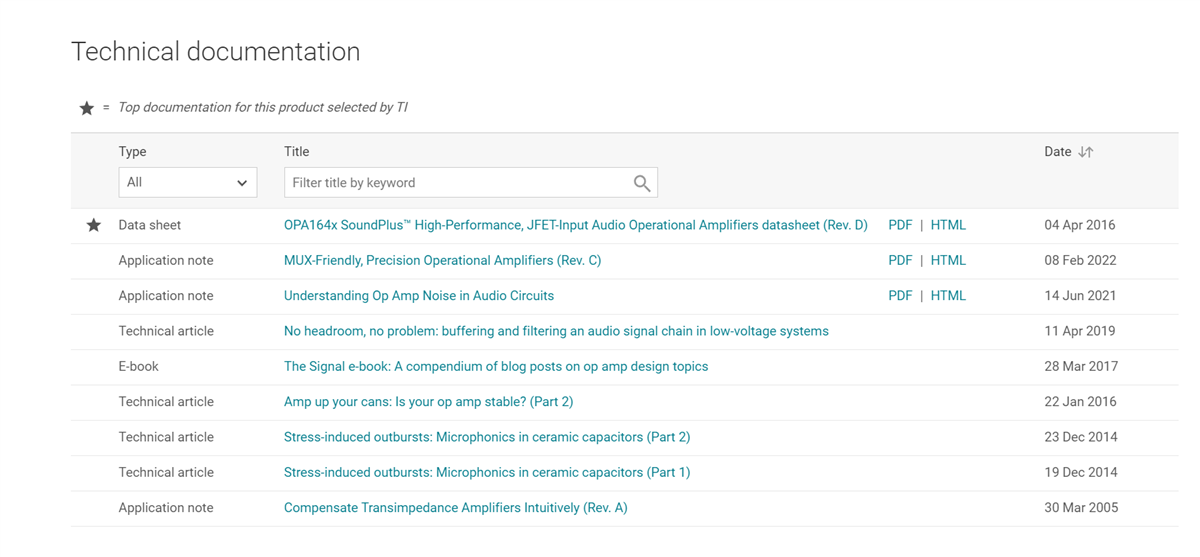Other Parts Discussed in Thread: OPA1641, INA1620, , TPS61322, LMV1015, LMV721, OPA172
Hello, not sure if this the appropriate part to use for my application, so here is what I am trying to do.
Need an audio chip that can take high input levels (for example concert sound stage) from an analog microphone (130 - 140 dB SPL) with minimal distortion and amplify headphones with 32 ohm or less load.
The operational voltage of the chip should be between 1.5 v to 5 V DC and low power consumption.
Have a rudimentary software interface where I can set basic audio controls like preamp gain, equalizers, output power, external volume control or similar,...etc.,. Any suggestions?
Regards,
Sagar



